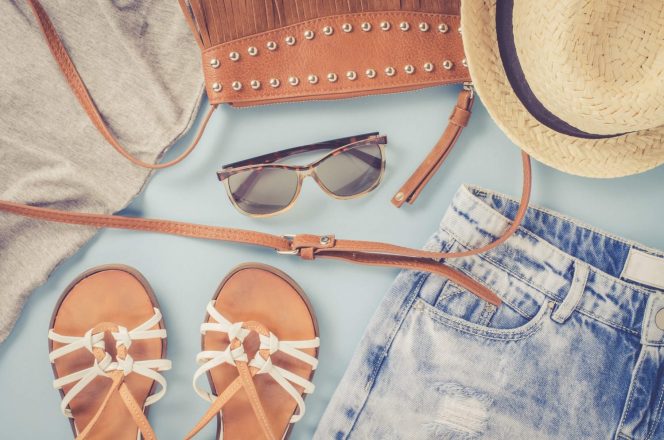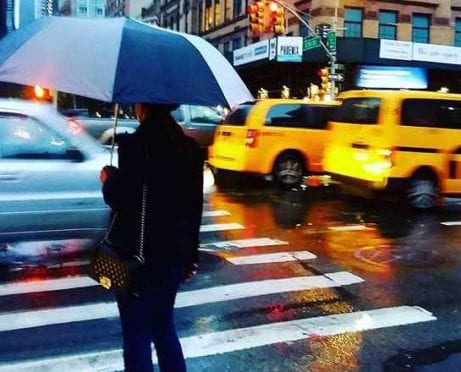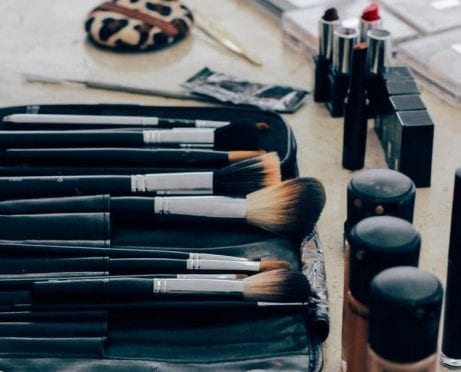
To be quite honest, I’ve opted out of being “fabulous.” The whole ordeal seems too confusing. And, frankly, it's too much work. With new fashion trends coming out on a daily basis, it’s hard to keep up.
I recently realized that what I thought was an individual case of sartorial overload was actually an industry designed to do just that — to keep vulnerable consumers like you and me in the dark about what’s hot and what’s not; to whet our appetites for instant glamour; to keep us spending on seemingly low-cost, wallet-friendly digs so we can impress those around us. This is the world of fast fashion.
Get Help With Budgeting Today — Download the Personal Finance App Here >>
Fast fashion brands have transformed the traditional four- to six-season fashion cycle into a bloated, 52-week fashion treadmill. A treadmill that — in addition to ravishing natural resources, exploiting low-wage labor in countries like Bangladesh, and claiming the title of “second dirtiest industry” (oil takes first place) — continues to deposit feelings of anxiety, unworthiness, and sadness into the lives of each new and returning customer, often without their knowledge.
Fast Fashion's Motto: Binge and Purge
The fast-fashion industry employs savvy advertisers and marketers to make us believe that fashion is as disposable as bubble gum and paper plates. And by keeping prices low, they lead us to believe that we can afford to do away with our perfectly functional clothes on a weekly basis.
The ability to buy in abundance gives us, as consumers, a feeling of false affluence. We can go into a store feeling bored or lonely and leave feeling in control and focused because of a new bag of clothes. We’ve been conditioned to shop rather than focus on the negative emotion that sparks that retail therapy. To buy clothes rather than actually create wealth by buying property, investing in the stock market, or building a business.
Learn How to Invest Confidently — Download This Free App >>
As they convince us that we can be happy, popular, and confident because we can afford fashion, they simultaneously remind us that it’s only temporary.
When we mix our worth with our appearance, we give corporations the power to dictate the next trend or “it” item.
Moving the target inevitably creates a disheartening binge-purge cycle in which we “buy, buy, buy” in hopes of achieving perfection, and then “discard, discard, discard” when companies peddle the new ideal of beauty to us.
Stop the “Shop Till You Drop” Madness
The need to impress, feel important, or stay relevant — at least through appearances — has a financial bottom line, as well. And it isn’t pretty. As Americans, we are ill-prepared for an emergency or even retirement. “Almost half of Americans would not be able to cover an unexpected expense of $500 or less. Almost a quarter would not be able to cover even $100,” according to Rebecca Lake of CreditDonkey. “An estimated 22.9 percent of men and 22.7 percent of women say they don't have at least a Benjamin in their emergency fund.”
And according to a survey from GOBankingRates, one out of every three Americans has absolutely nothing saved for retirement, 56 percent of them have less than $10,000 saved, and just 18 percent have $200,000 or more in retirement savings.
Build an Emergency Savings Fund with a Money Market Account — Get Started >>
Slow Fashion vs. Fast Fashion: Finding Affordable Alternatives
Being in style and in the green don't have to be mutually exclusive. You can have a personal style that doesn’t erode your personal wealth. Try these tips:
Get on Pinterest
Sometimes we conflate the desire to look at pretty things with the desire to purchase them. Using a visual tool like Pinterest can give you an opportunity to window shop as much as you want without having to purchase anything. This will also help you get ideas for how to pull together clothing items that are already in your closet.
Go Slow With Fashion
There’s a “slow fashion” trend that's gaining traction. The slow fashion movement focuses on creating fashions that aren’t necessarily tied to a season and helping consumers become more conscious of their purchases. Slow fashion not only focuses on creating sustainable designs, but also educates consumers about production, use, and potential for reuse.
Hold a Clothing Swap
Bring a group of friends together each season to trade trends without swiping your card. You’ll also find that you feel that same high from getting something new as when you purchase something at the mall. If a clothing swap isn’t possible, you can spend a few dollars at a thrift store. You may even feel good about buying secondhand and not contributing to labor exploitation or further pollution.
Easily Shop for High-Quality Discounted Clothes — Visit Site >>
Questions to Ponder Before Your Next Fast Fashion Binge
If you still feel the urge to shop, ask yourself questions to help you think about purchases more carefully. Try these, for example:
- Is buying this item important, or am I just trying to fit in?
- How much debt am I already in?
- Could I use this money for something other than shopping?
- Am I treating clothes like disposable items when they’re not?
- What will I miss out on if I don’t go shopping now?
- Am I shopping my way to a new identity? Is there a better or more sustainable way to show that I’m different from who I used to be?
Slow Fashion vs. Fast Fashion: The Bottom Line
Fast fashion is a fast lane filled with fleeting glamour and a lifetime of debt and dissatisfaction. The best way to hold onto your joy and your wealth is to reconsider the way you think about yourself. Separate your self-esteem from the compulsion to spend on fast fashion. Slow fashion may well add to both your emotional health and your bottom line.










